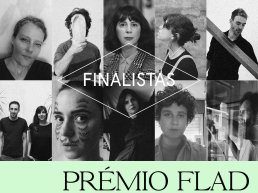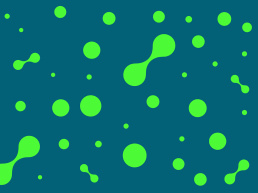What will the future of the visual arts look like in this “new normal”? What was the impact of the pandemic on production and artistic supply? Can the future go exclusively through online?
The “What’s next… how the pandemic changed visual arts” This Thursday, June 18, a formidable panel joined us for a lively debate on the future of the sector, with the participation of University Professor Helena Barranha, Visual Artist Leonor Antunes, Galerist Vera Cortês, and economist and Founder of AiR 351, Luís Campos e Cunha. This debate was moderated by journalist Filipe Santos Costa.
From different points of view, participants discussed the impact of the pandemic on the visual arts, in particular on the processes of digitalization of cultural institutions to which confinement has forced, the state of markets and the consequences felt.
Helena Barranha defended the importance of artists, a value associated with the ability to create scenarios and reinterpret realities in order to overcome problems and find solutions. It assumes that it is a sector that is very affected by the pandemic, by the structural vulnerability that defines it.
“As a society we have to find ways to support artists, who not only supported us by making their works available online, but also because they help us think of new models of society.” – Helena Barranha.
For artist Leonor Antunes, the pandemic ended up resulting in a sense of relief and the need for a slowdown process and better resource management that results in a more sustainable way of producing and structuring the art market. The artist advocated a quantitative and qualitative cleaning of the sector, considering that there are too many events and production, which leads to an excess of production, but not necessarily quality.
“There are too many fairs, too many biennials and there is too much artistic production.” – Leonor Antunes
One thing everyone agrees on: no digital experience can replace experiencing the work of art.
However, the implementation, which several museums have already begun to update, both digital repositories and non-face-to-face curatorial practices, is very exciting, having reached audiences, during the pandemic, that had never been reached.
From the gallery’s point of view, Vera Cortês tells us about a paradigm shift that has been happening since March, in terms of reformulation of the known structures, but also of a support and mutual help both between artists and galleries, but also between collectors and gallerists, which surprised her.
“Are you thinking that we’re going to live like this forever? I just don’t believe that. I don’t want to believe there won’t be any more inaugurations.” – Vera Cortês
On the primary and secondary markets, there are differences between the current crisis and the previous economic crisis of 2008, since, as Luís Campos and Cunha explained, there was no total slowdown in both markets. And these markets, running in chains, end up stimulating each other. There is a sense that the pandemic will profoundly change the way artists work and produce, in a simpler and denser and less spectacular practice.
“Until recently the museum of contemporary art was an adult Disneyland (…) which I think will tend to disappear. We returned to a simpler time, a more Spartan time. It will certainly be more art.” – Luís Campos e Cunha
Despite all the consequences that these last months come, the will is to remove some knowledge and learning from the situation and realize what cultural institutions should build from here and what tools is that the visual arts are developing to overcome the current embarrassment, rethinking in the future with optimism and resilience.
Related Posts
23 de July, 2024
Inês Thomas Almeida next FLAD/Saab Visiting Professor at UMass Lowell
Musicologist, she holds a PhD in…
3 de July, 2024
B+S Bispo D. Manuel Ferreira Cabral School, from Madeira, wins Atlântico Junior Award
Students win with a project to create…



